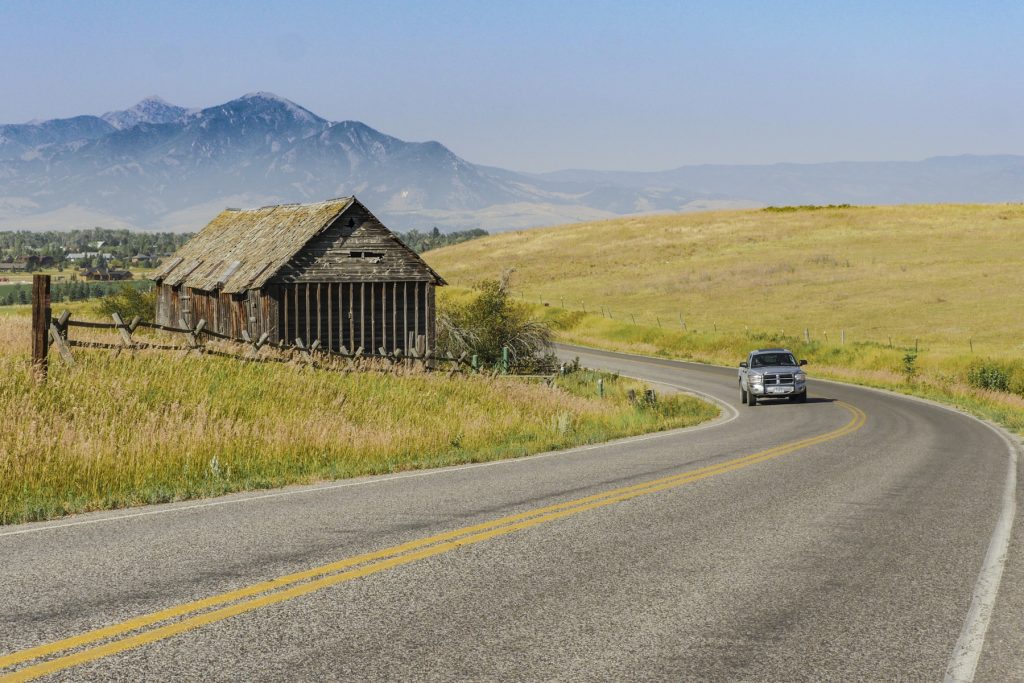WTI Co-hosts National Event on Rural Transportation Safety

On Wednesday, August 12, the Western Transportation Institute (WTI), Montana State University (MSU), and the National Highway Traffic Safety Administration (NHTSA) co-hosted a national forum to raise awareness on “The Importance of Focusing on Transportation Safety in Rural America.” NHTSA officials had originally planned August field tours to western states and public lands to view […]
